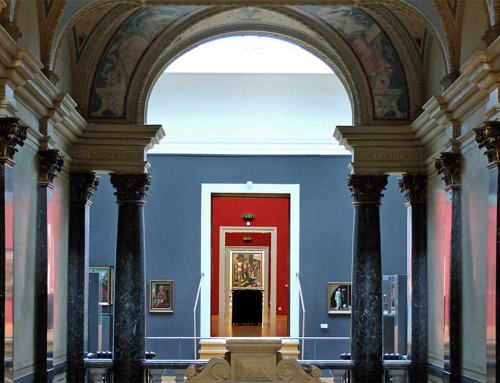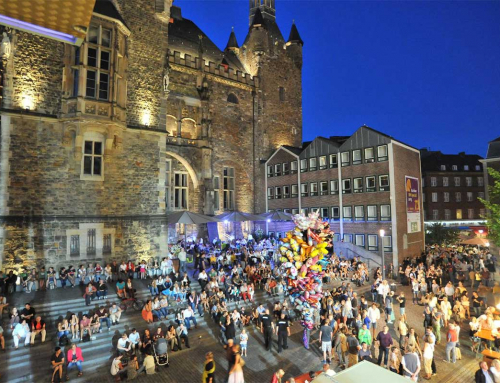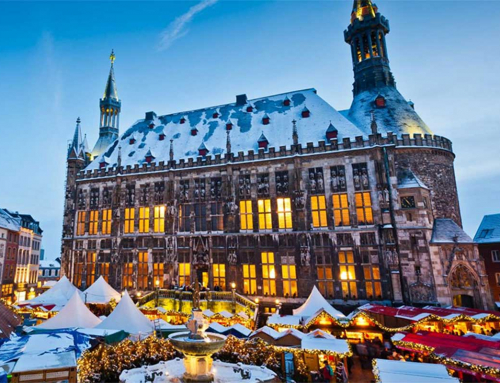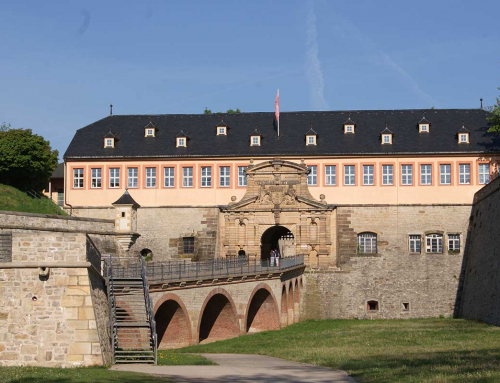September is a prime time to indulge in a few (or more) sips of one of Germany’s most precious liquid specialties…so it had me thinking about some of the essential facts and specialized “wine lingo” that might help you get the most out of experiencing German white wine*, any time of year…
First of all, know your quality assurance labels.Many German wines carry a special “Prädikat” quality assurance label that confirms the wine has gone through the strictest of quality controls before and during bottling. The easiest to spot is the “VDP label” (Verband Deutscher Prädikats- und Qualitätsweingüter).
So, here’s a break-down of the types of VDP labels:
Kabinett wines are fine, light wines from ripe grapes.
Spätlese wines are wines made from ripe grapes during late harvest that are quite full bodied.
Auslese wines are made from special “selection” grapes — very ripe grapes that have been specially selected for their extreme ripeness with any unripe grapes are discarded.
Beerenauslese wines are even more selective than Auslese as these wines are made from very sweet, overripe grapes that have been individually picked, and these wines have phenomenal aging potential.
TrockenBeerenauslese wines are dessert wines made from hand selected grapes so ripe that they are nearly raisons, and the wine is so sweet it reminisces a honey wine.
Eiswein (ice wine) wines are extremely sweet dessert wines made from grapes picked at -7°C (19.4°F) or colder and pressed while frozen. These wines have incredible, possibly limitless, aging potential. Some people keep them for decades!
Here is a small sampling of wine related locations and events around Historic Highlights of Germany cities! And, if you keep your ear to the ground and ask locals, you’ll find there are various small, low-key wine tastings going on throughout the year!







